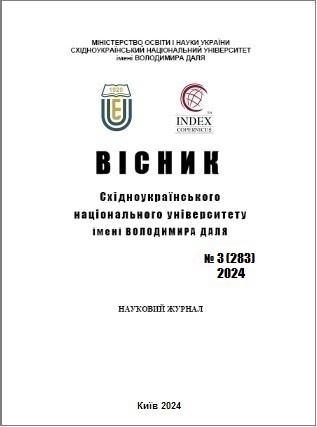Electric drive with frequency-regulated synchronous motor with high precision digital sensors
DOI:
https://doi.org/10.33216/1998-7927-2024-283-3-38-42Keywords:
synchronous motor, electric drive, frequency converter, autonomous inverter, sensor, current regulator, voltage regulatorAbstract
The article studies an electric drive with a frequency-regulated synchronous motor.The main advantages of synchronous motors in comparison with asynchronous ones are listed.The current state and the growth trends in the production of AC electric drives are considered. It is shown that two-link frequency converters have received the greatest application for wide-range regulation of rotation frequency of synchronous motors.They convert the electricity from supply network into electricity with the required voltage, current and frequency in two stages.This transformation is carried out by special devices – autonomous inverters. It has been established that the efficiency of a two-link frequency converter is quite high and about 96,5-98,5%, which is due to the efficiency of the power semiconductor devices used in the key operating mode.Modern trends in the use of voltage and current inverters are considered. It is shown that the use of new semiconductor devices made it possible to fundamentally change the topology of the power circuit and the principles of inverter control. The approach of most manufacturers to the topology of autonomous inverters in frequency converters is considered. The most advanced structures (matrix and hybrid) of AC converters, which are produced by modern industry, are considered.Based on the analysis, it is set that high-precision, reliable and noise-resistant digital sensors are widely used in DC and AC electric drive systems – absolute and incremental encoders, as well as optoelectric attached sensors for registering distances, angles of rotation or the number of turns – resolvers. They are used together with numerical control systems, drives and position determination devices.The power supply circuit for synchronous electric motors of the main drive of the rolling stand of a thick plate mill 3000 based on ALPSA VDM 7000 converters from ALSTOM (Converteam) is considered. The main task of control system of the converter network part is to regulate the voltage of the DC link.The block diagram of the control system for the rectifier and inverter parts of the VD 7000 converters is given.
References
1.Зеленов А.Б. Теорія електропривода. Методика проектування електроприводів: підручник.Луганськ: Ноулідж, 2010. 670 с.
2. Rudnev, E., Morozov, D., Gritsyuk, V., Brozhko, R.H∞ robust control of permanent-magnet synchronousmotors: Performance analysis. 2019 IEEE 2ndUkraine Conference on Electrical and ComputerEngineering, UKRCON 2019 - Proceedings, 2019,pp. 596–600.
3. Бурштинський М.В., Хай М.В., Харчишин Б.М.Давачі 2-ге вид. доповн. Львів: ТзОВ „ПростірМ”, 2014. 202 с.
4. J. Bocker; J. Janning; H. Jebenstreit High dynamiccontrol of a three-level voltage-source-converterdrive for a main strip mill. IEEE Transactions onIndustrial Electronics (Volume: 49, Issue: 5, October2002). P. 1081-1092.
5. Shevchenko I., Rudniev Y., Romanchenko J.Modeling of the electric drive of the main motion ofthe rolling cage as a multi-mass electromechanicalsystem. Вісник Східноукраїнського національного університету імені Володимира Даля. № 4 (268).2021. P. 30-34.

